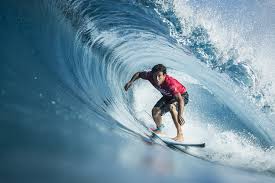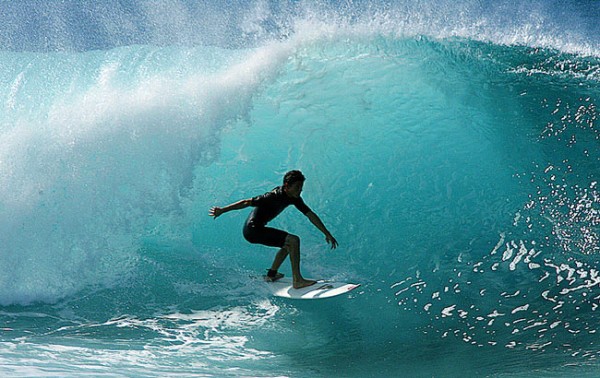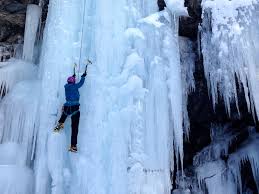Extreme Sports
Extreme sports are recreational activities perceived as involving a high degree of risk. These activities often involve speed, height, a high level of physical exertion, and highly specialized gear.
While use of the term "extreme sport" has spread everywhere to describe a multitude of different activities, exactly which sports are considered 'extreme' is debatable. There are, however, several characteristics common to most extreme sports. While not the exclusive domain of youth, extreme sports tend to have a younger-than-average target demographic. Extreme sports are rarely sanctioned by schools. Extreme sports tend to be more solitary than traditional sports (rafting and paintballing are notable exceptions, as they are done in teams). In addition, beginning extreme athletes tend to work on their craft without the guidance of a coach (though some may hire a coach later).
Parkour
Parkour is a training discipline using movement that developed from military obstacle course training. Practitioners aim to get from one point to another in a complex environment, without assistive equipment and in the fastest and most efficient way possible. Parkour includes running, climbing, swinging, vaulting, jumping, rolling, quadrupedal movement (crawling) and other movements as deemed most suitable for the situation. Parkour's development from military training gives it some aspects of a non-combative martial art.


Surfing
Surfing is a surface water sport in which the wave rider, referred to as a surfer, rides on the forward or deep face of a moving wave, which is usually carrying the surfer towards the shore. Waves suitable for surfing are primarily found in the ocean, but can also be found in lakes or rivers in the form of a standing wave or tidal bore. However, surfers can also utilize artificial waves such as those from boat wakes and the waves created in artificial wave pools.


Parachuting
Parachuting, or skydiving, is a method of transiting from a high point to Earth with the aid of gravity, involving the control of speed during the descent with the use of a parachute/s. It may involve more or less free-falling which is a period when the parachute has not yet been deployed and the body gradually accelerates to terminal velocity. The military developed parachuting technology as a way to save aircrews from emergencies aboard balloons and aircraft in flight, and later as a way of delivering soldiers to the battlefield. Early competitions date back to the 1930s, and it became an international sport in 1952.


Ice Climbing
Ice climbing is the activity of ascending inclined ice formations. Usually, ice climbing refers to roped and protected climbing of features such as icefalls, frozen waterfalls, and cliffs and rock slabs covered with ice refrozen from flows of water. For the purposes of climbing, ice can be broadly divided into two spheres, alpine ice and water ice. Alpine ice is found in a mountain environment, usually requires an approach to reach, and is often climbed in an attempt to summit a mountain. Water ice is usually found on a cliff or other outcropping beneath water flows. Alpine ice is frozen precipitation whereas water ice is a frozen liquid flow of water. Most alpine ice is generally one component of a longer route and often less technical, having more in common with standard glacier travel, while water ice is selected largely for its technical challenge.


Extreme Sports 2018 ©